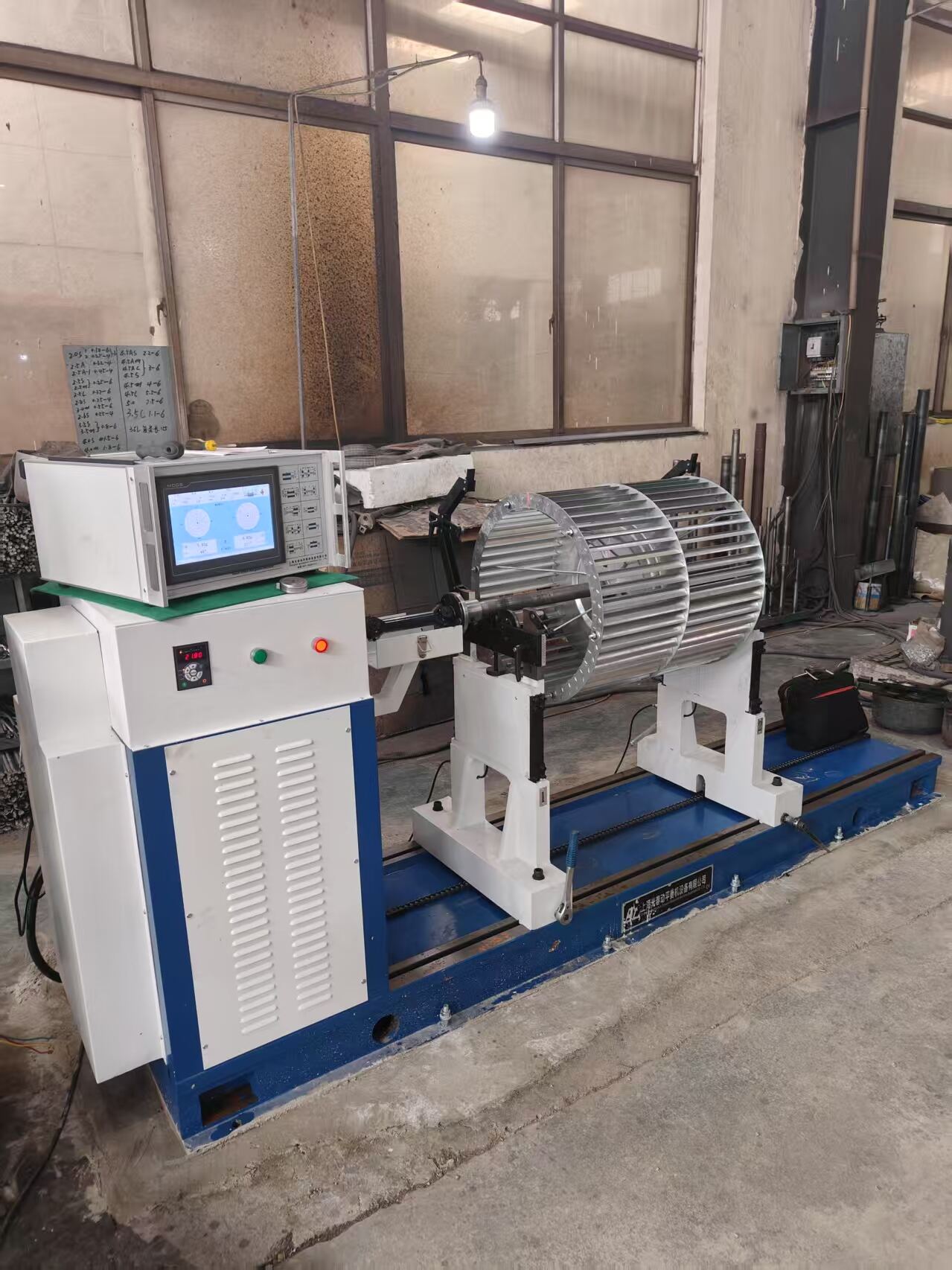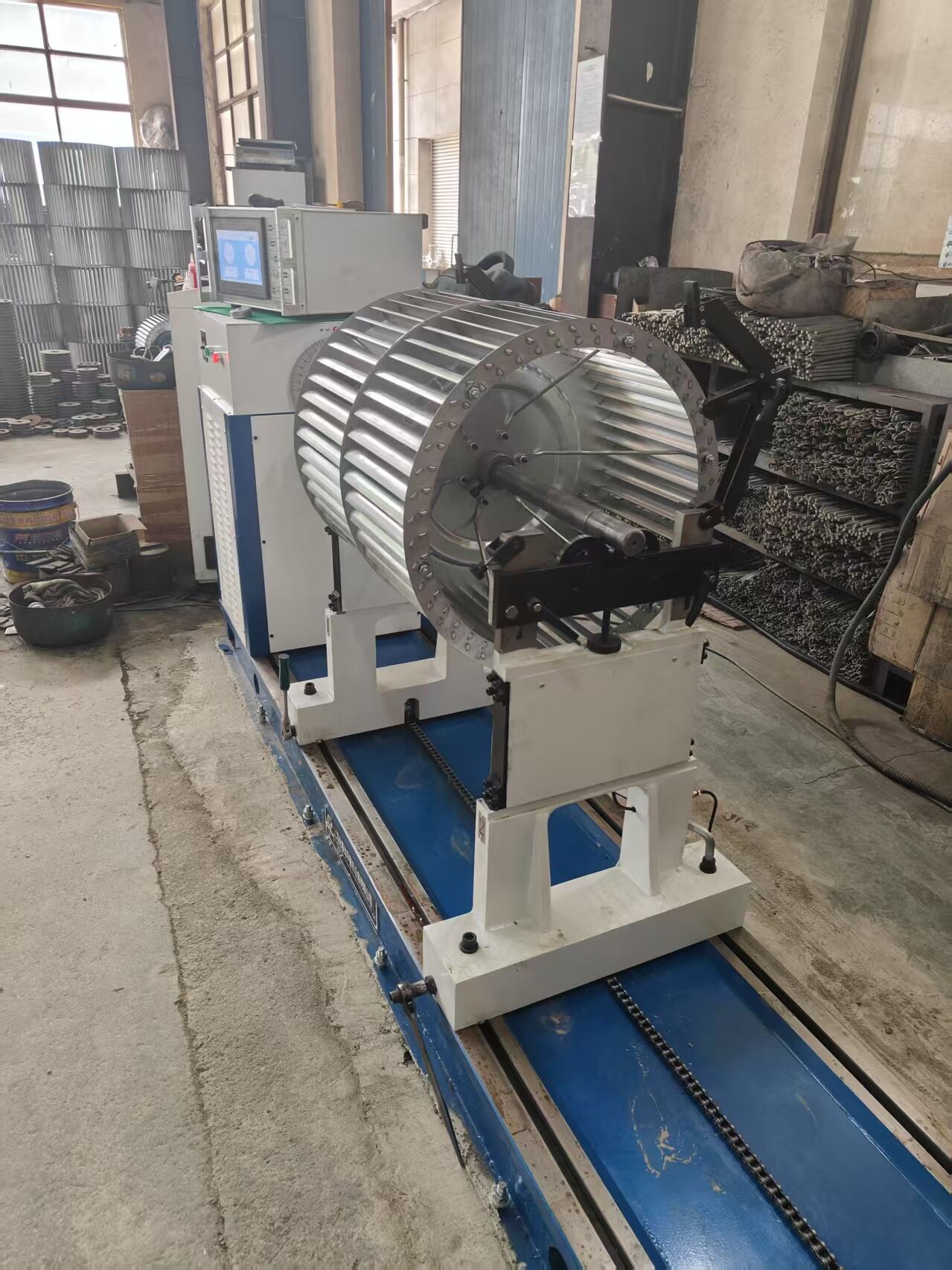high speed balancing of turbine rotor
High speed balancing of turbine rotor is a critical process in turbomachinery maintenance and manufacturing that ensures optimal performance and reliability of rotating equipment. This sophisticated procedure involves precisely measuring and correcting mass distribution irregularities in turbine rotors while operating at speeds that closely simulate actual running conditions. The process utilizes advanced diagnostic equipment, including computerized balancing machines and vibration analyzers, to detect even minimal imbalances that could cause devastating effects during operation. During high speed balancing, the rotor is mounted in a specialized balancing bunker or vacuum chamber where it can be safely rotated at operational speeds. The system continuously monitors vibration levels and automatically calculates the necessary weight adjustments to achieve perfect balance. This technology integrates real-time data analysis, precision measurement systems, and automated correction mechanisms to ensure the rotor achieves optimal balance across its entire operating speed range. The applications span across power generation, aerospace, manufacturing, and other industries where high speed rotating equipment is essential.


